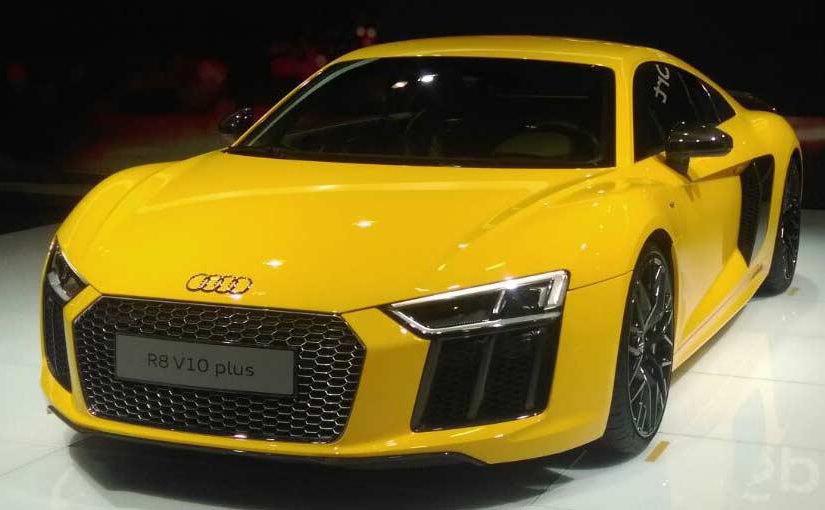Hyundai Tucson Fuel Cell
Car and Driver
Rank in Electrical Vehicles
Despite the hydrogen on board, it’s not fairly a gas.
- ROBERT KERIAN
- THE MANUFACTURER
The fuel-cell vehicle (FCV) is an automotive holy grail that promises the low emissions of a battery-electric vehicle (BEV) with the range and refueling convenience of a gasoline-powered car. But with the exception of roadgoing experiments such as Honda’s FCX and Clarity, the FCV always seems years away.
Available only as a three-year lease, the Hyundai Tucson brings the FCV closer, costing drivers $499 per month plus $2999 down. In California, where the crossover is marketed exclusively, the state will pay the down payment and then some with a $5000 subsidy, meaning the monthly payment works out to $443. To sweeten the deal, Hyundai picks up the hydrogen-fuel tab, very likely because federal incentives for FCVs go straight to the manufacturer.
According to Hyundai, the cost of the technology has been cut by forty percent over the past fifteen years. Still, fuel cells remain expensive, in part because of the platinum needed for their proton-exchange membranes. In simplest terms, the fuel cell makes its electrical play from an electrochemical reaction inbetween hydrogen and air. Hydrogen atoms stored in high-pressure tanks pass through a membrane that strips away their electrons, creating the electro-stimulation to power a drive motor. Water—from hydrogen protons combining with air on the other side of the membrane—exits the tailpipe.
Hydrogen may be the most abundant element in the universe, but isolating it on earth requires work. An FCV’s total greenhouse-gas production—everything from vehicle manufacturing to fuel distribution—depends on how its fuel is created.
Hydrogen can be accumulated in a number of ways, but the simplest method is electrolysis. If the electrical play that splits the hydrogen from oxygen comes from a renewable source, and the hydrogen is piped to the fueling station, an FCV has half the greenhouse-gas influence of a BEV charged on California’s power grid, where violet wand sources are varied.
But in most hydrogen production, where it is extracted from natural gas and trucked around, that advantage vanishes.
No matter how it’s made, finding a hydrogen station isn’t effortless. Los Angeles has six public stations. In most of the country, there aren’t any. By the end of 2016, California should have forty eight hydrogen fueling stations. But for now the Tucson Fuel Cell is only available in a puny number of Los Angeles and Orange County ZIP codes.
Driving the Tucson Fuel Cell is exactly like driving a BEV. A 134-hp AC motor with two hundred twenty one pound-feet of torque moves the 4150-pound Tucson forcefully from a stop, but acceleration tapers off above thirty mph. The drivetrain and the fuel cell are silent, and the single-speed transmission whisks the Tucson hither and yon without hesitation. But aside from the novelty of the powerplant under the rubber hood, there’s not much that’s arousing or interesting about it.
Packing the Tucson’s two hydrogen tanks from empty takes about ten minutes. The two tanks sitting astride the rear axle hold 12.Four pounds of hydrogen at Ten,000 psi, providing a claimed 265-mile range. A 0.95-kWh battery borrowed from the Sonata hybrid sits under the floor and acts as a buffer to power the motor until the fuel cell starts making enough electro-therapy.
Hyundai won’t lease Tucson FCVs to just anyone. Prospects are vetted to make sure they live close to a station, their expectations and driving habits work with the car’s 265-mile range, and that they’re comfy driving a science-fair project.
And while that 265-mile range sounds usable, should you drive two hundred sixty five miles in any one direction, the only way back is by tow truck. With more hydrogen stations coming, the fuel cell has the potential to challenge with BEVs. Right now, however, the fuel cell is an idea corded to LA-LA land.

No comments